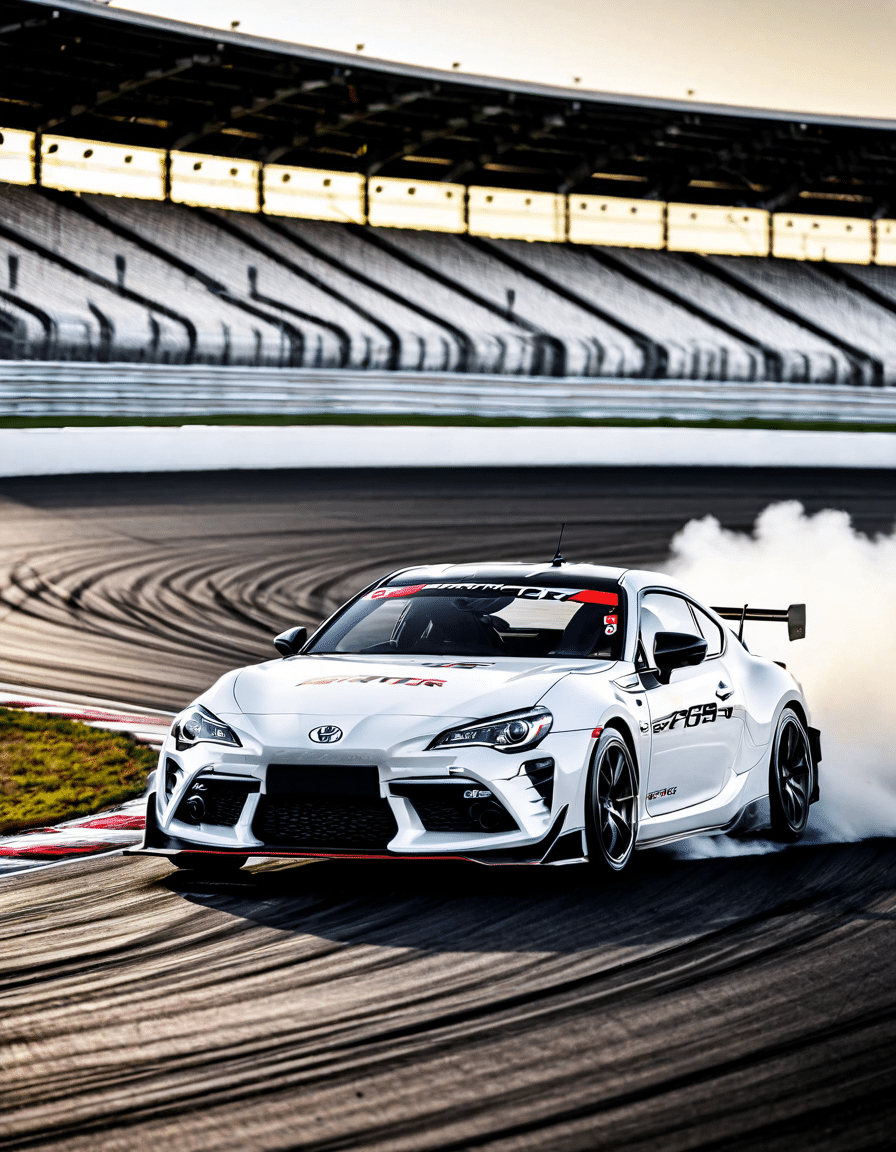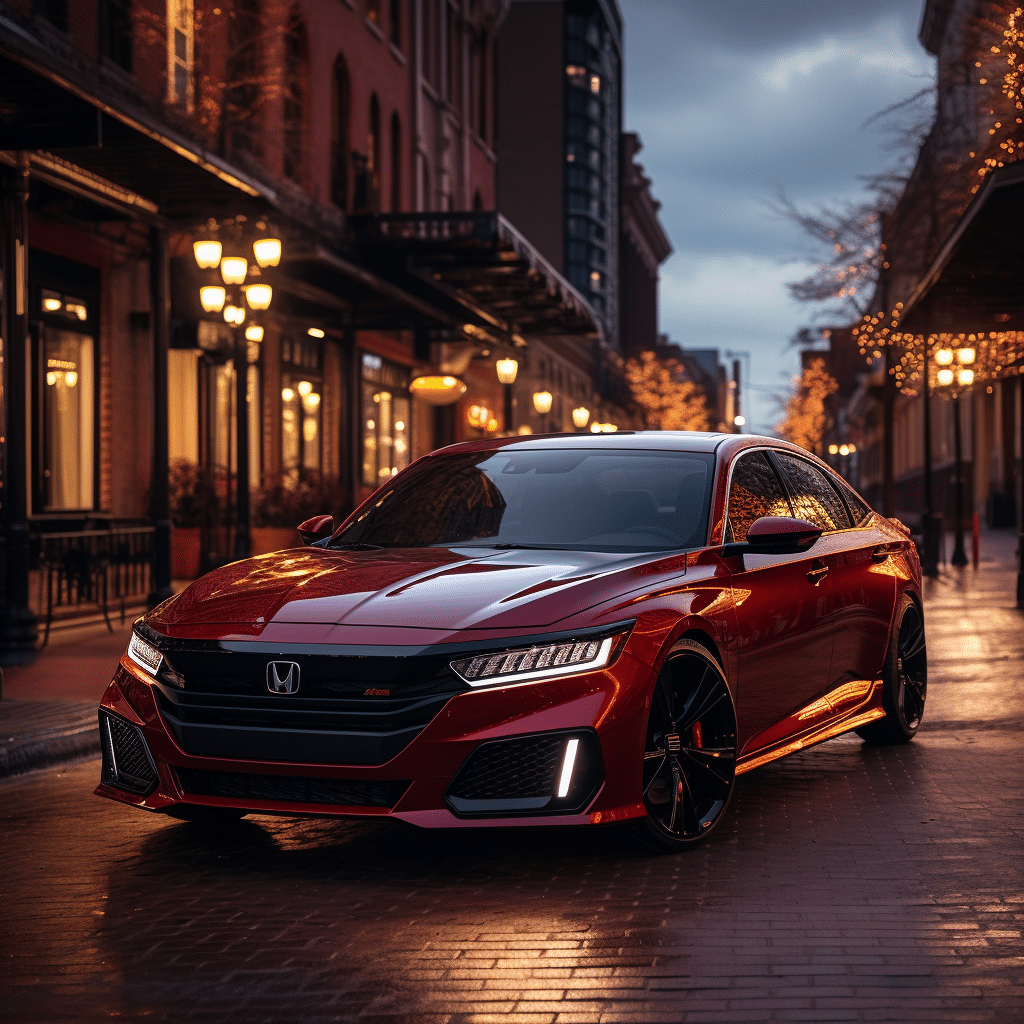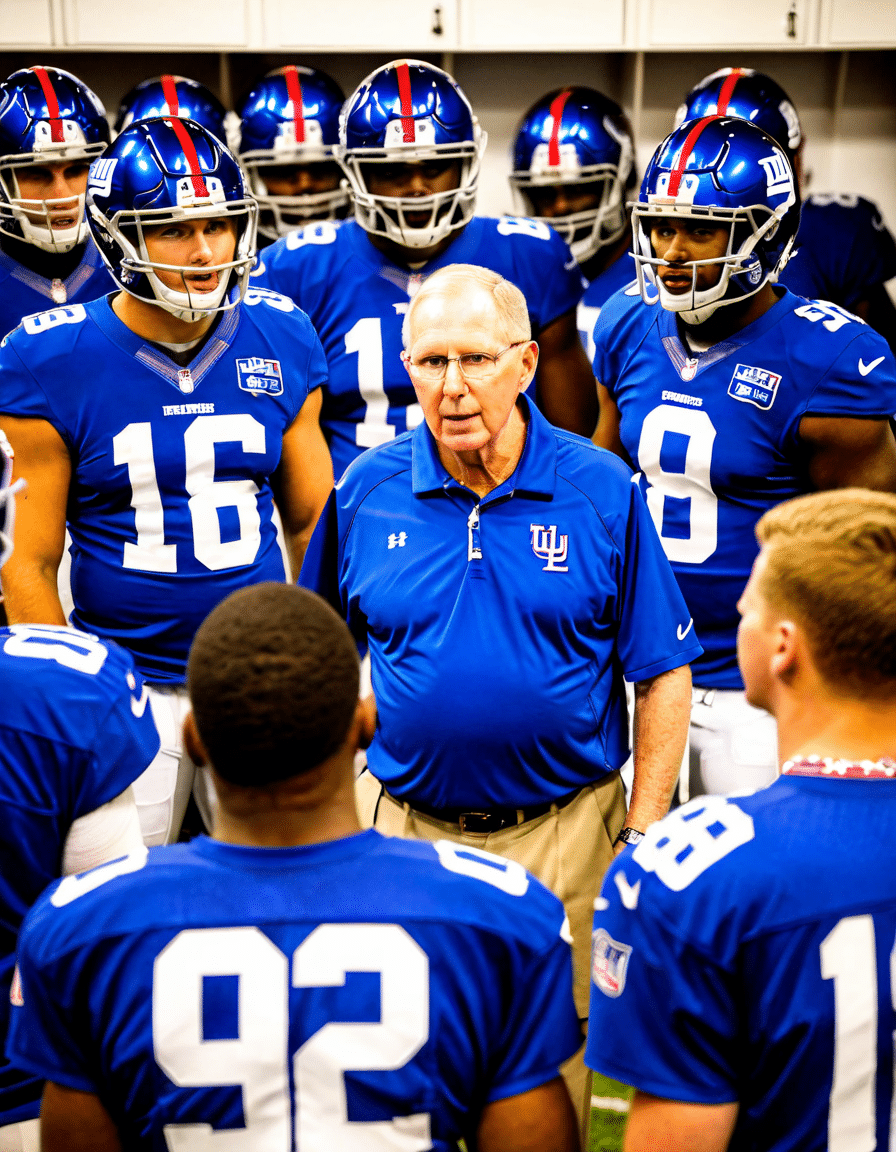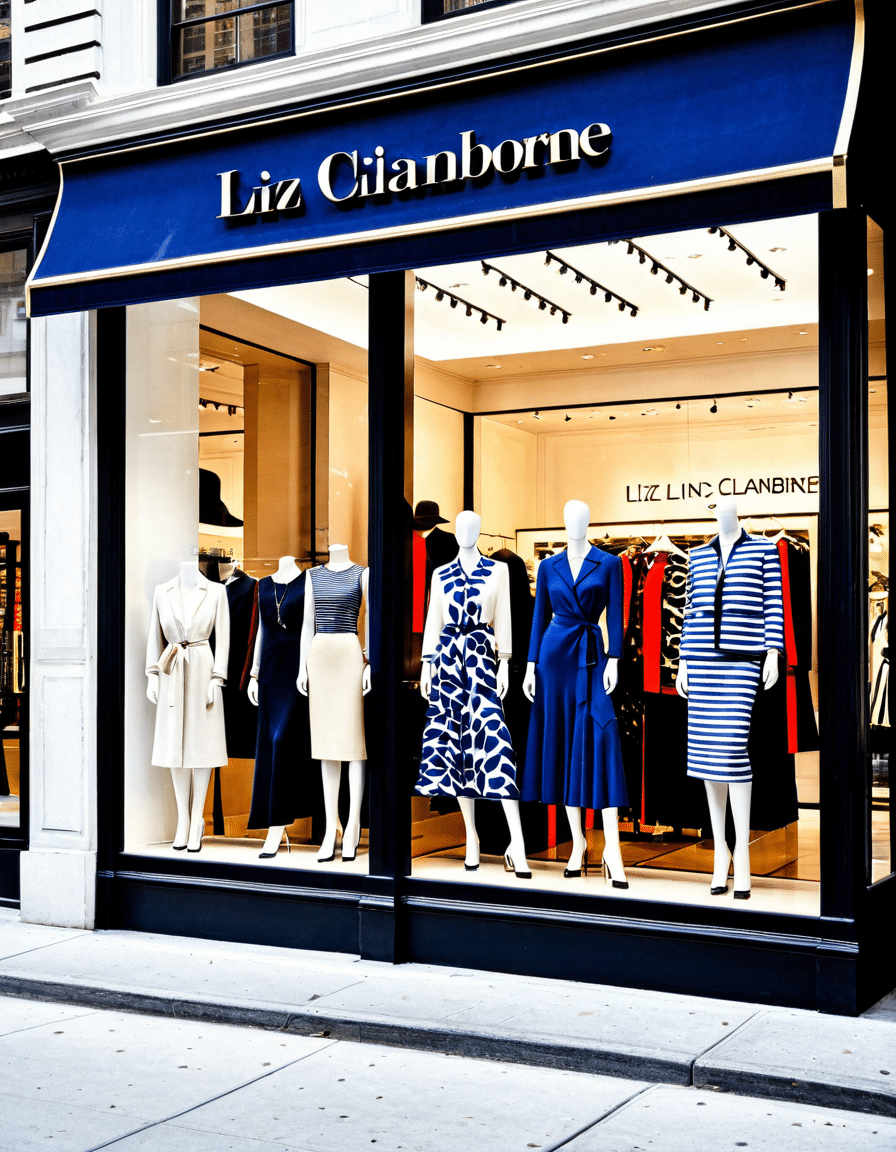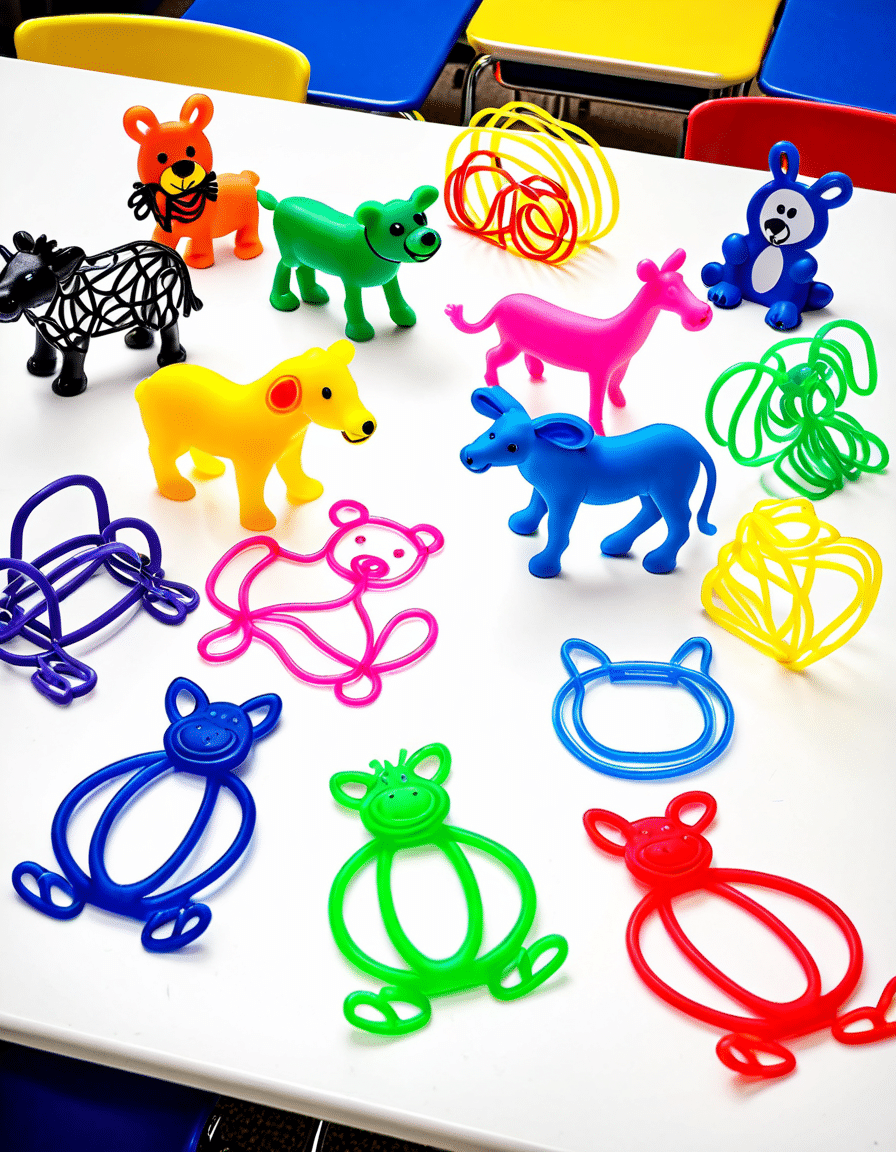The story of silly bands is one for the books. These vibrant rubber band bracelets shot to fame in the early 2010s, captivating kids everywhere with their zany shapes and colors. Initially, they were embraced as a fun expression of individuality, allowing children to collect, trade, and flaunt their unique styles. However, the joy soon faded, as schools began implementing strict bans, raising eyebrows and sparking conversations about trends’ cultural implications. What remains undeniable is that silly bands left an indelible mark on school culture and childhood expression.
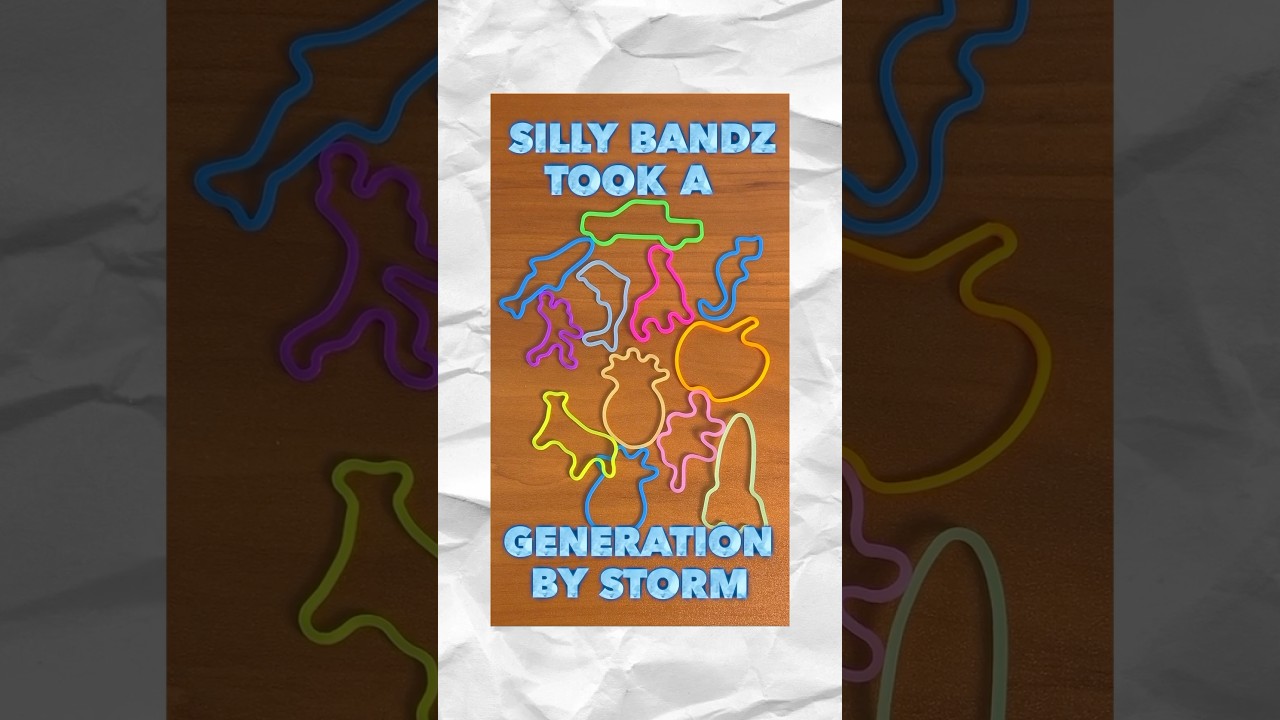
The Rise and Fall of Silly Bands
Silly Bands, originally introduced to the public by Robert Croak, owner of Toledo, Ohio-based BCP Imports, transformed from a simple product to a widespread phenomenon. Encountering the bands on a business trip, Croak repositioned them into a kids’ fashion accessory by enlarging and thickening them, hitting the jackpot with children’s imaginations. In just a few years, these bands became household names, reminiscent of the popular Livestrong wristbands. However, the very excitement that fueled their popularity also ignited pushback from schools. Educators recognized the colorful accessories as major distractions in the classroom, leading many institutions to implement bans.
As schools cracked down, many parents were left scratching their heads. Concerns emerged around safety—doctors warned that wearing too many tight bands could impede blood flow, raising alarms among worried parents. The surge of cheap knockoffs flooded the market, making genuine silly bands less appealing, and the once-booming trend began to fade. Ultimately, the initial thrill turned into a lesson for all, highlighting the challenges of unrestrained trends in educational settings.
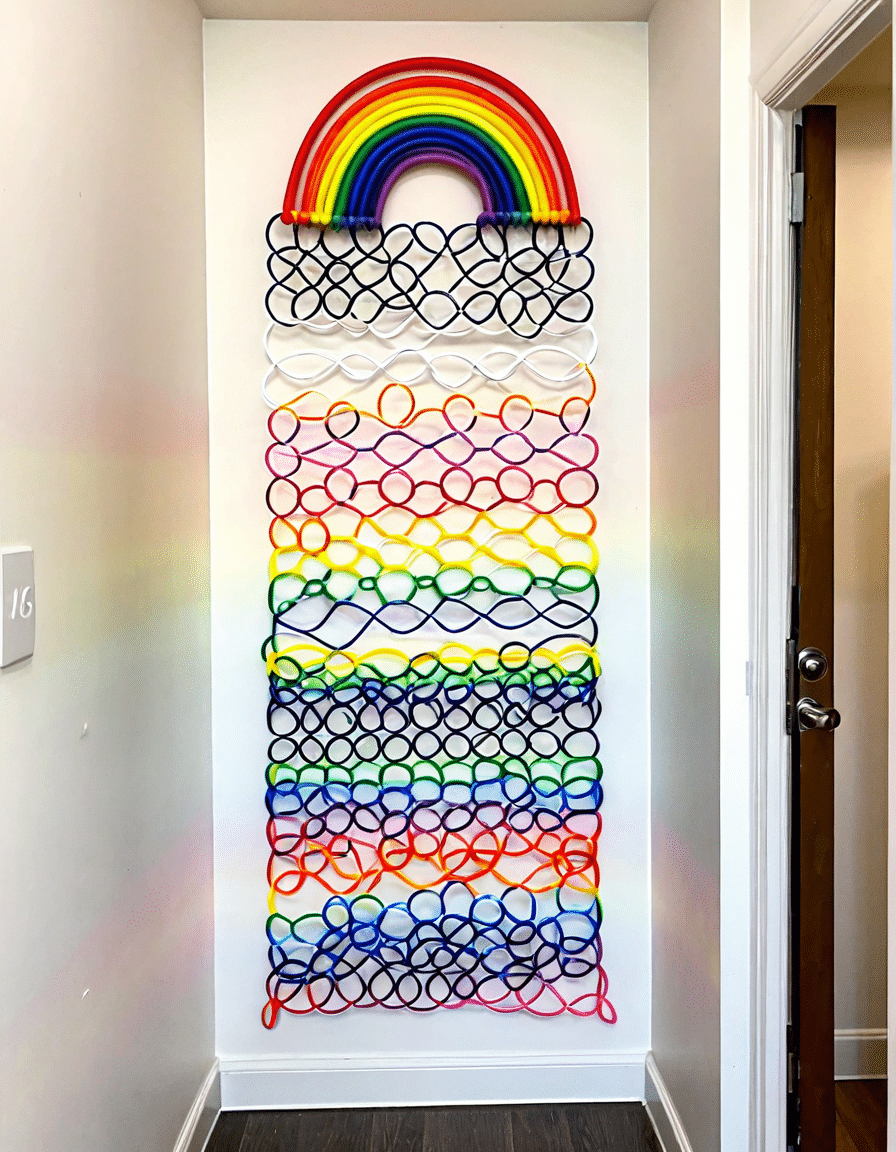
Top 7 Reasons Silly Bands Sparked Craze and School Bans
1. The Appeal of Collectibility
Kids adored silly bands for more than just wearing them. They thrived on the thrill of collecting and trading these miniature creations. With designs ranging from animals to intricate symbols, a rare band felt like a trophy. Brands like Crazy Bands and Silly Bandz became synonymous with this collecting frenzy, and children cheekily flaunted their treasures during lunch. The more kids traded, the more desirable these bands became!
2. Visible Social Activity
In every schoolyard, the vibrant presence of silly bands signified a budding social network. Children exchanged bands during recess, fostering friendships and shared laughter. Sadly, schools began banning them, deeming them a distraction just as the community vibe peaked. Such a decision interrupted the blossoming social interactions and led to questions about the balance between school rules and kids’ need to connect.
3. Parental Concerns Over Safety
Let’s face it; parents can be protective! As silly bands spiraled in popularity, apprehensions about choking hazards arose. Those innocent-looking bracelets led parents to sweat over the thought of children getting hurt, causing schools to sensibly adopt a zero-tolerance policy. This emphasis on safety interrupted the enjoyment and led kids to find ways to stash their colorful treasures.
4. Pop Culture Influence
The rise of silly bands coincided with significant media phenomena, like the buzz around characters such as Ugly Sonic from the Sonic the Hedgehog franchise. The blending of pop culture and merchandise saw bands adorned with iconic designs, capturing children’s imaginations. This interplay of media and collectibles sparked even more enthusiasm, drawing kids into a kaleidoscope of trends.
5. Schools’ Anti-Distraction Policies
Schools aimed to create environments conducive to learning, leading to a general crackdown on distractions. Silly bands fell under the umbrella of distractive items. Administrators viewed these colorful accessories as accessories that drew attention away from lessons. Thus, bans swept through educational institutions faster than one could say “fashion statement,” and their popularity took a nosedive.
6. Competing Fads
The world of childhood trends is often a battlefield, with new fads vying for attention. Just as silly bands rose to fame, other products like “Love Alarm”-themed items began to attract kids’ interests. Kids reevaluate their obsessions yearly, swapping out collectibles in search of the latest new thing. Such transitions contributed significantly to the decline of silly bands as they became less sought after.
7. The Digital Shift in Play
As kids increasingly gravitated towards digital platforms, the tactile pleasure of collecting silly bands diminished. Online games and apps grabbed the spotlight, and physical play took a backseat. The joy once found in wearing these accessories faded against the backdrop of a digitalized play environment, leaving these vibrant bands in the dust.

The Lasting Impact of Silly Bands on School Culture
While the silly band madness may have simmered down, its effects linger on in schools today. These colorful accessories sparked discussions about creativity and individual expression, prompting a reevaluation of policies regarding personal items. Educational institutions began to realize the necessity of finding a middle ground that allowed kids to express themselves while ensuring focus during class hours.
The legacy of silly bands helps educators address broader issues surrounding youth culture. The interaction between personal expression and educational integrity remains an ongoing conversation, one that schools will continue to navigate as they adapt to the realities of contemporary student life.

The Evolution of Childhood Trends in a Hyper-Digital Age
Examining the venture of silly bands provides valuable insights into how children’s interests shift with advancements in technology and culture. Once a simple fashion accessory, they now symbolize the ever-looming challenges faced by educators who must nurture creativity while minimizing distractions.
The vibrant saga of silly bands forces parents and educators to ponder a critical question: How can they strike a balance between nurturing playful self-expression amid an increasingly structured world? By delving into this complex relationship, we can unveil not just the significance of a fleeting trend but also the fundamental challenges of guiding the youngest generations through their social landscape.
In a time where trends come and go faster than a game of hopscotch, silly bands remind us that sometimes, creativity can find itself at the crossroads of enjoyment and regulation. As trends cycle back, the lessons learned from this rubber band phenomenon can offer a framework for navigating the relationship between self-expression and structure in schools.
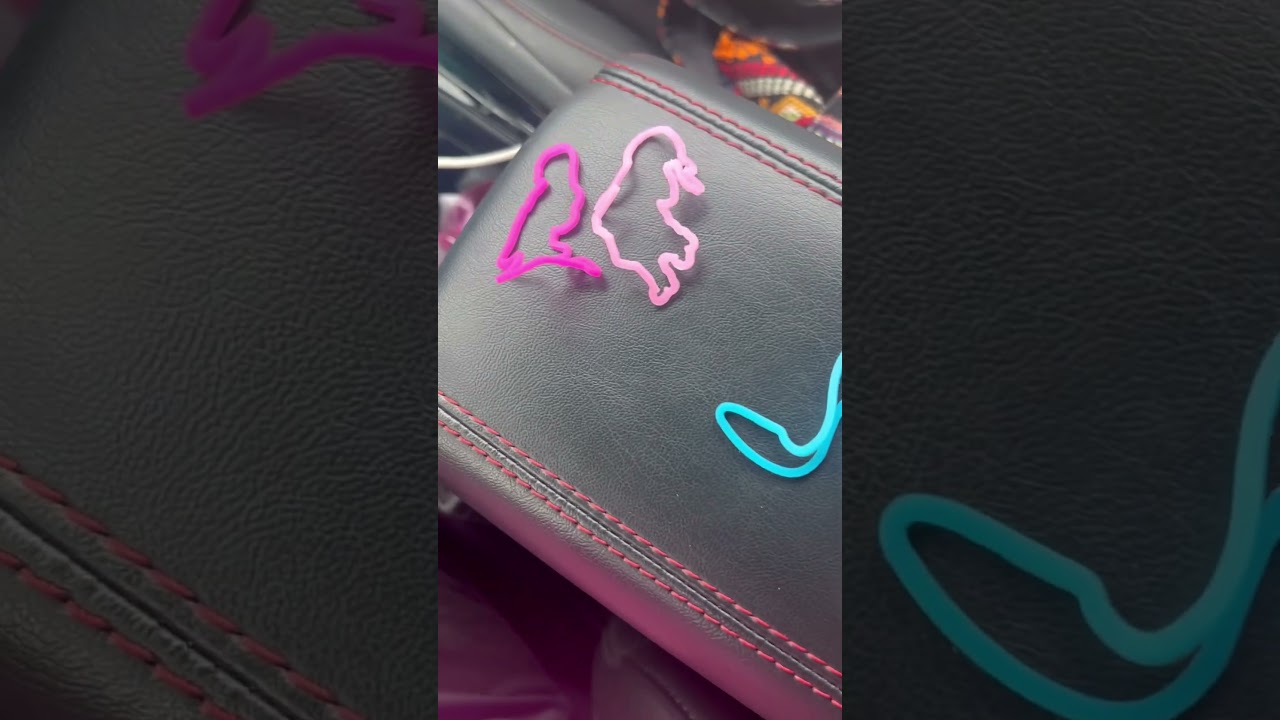
Silly Bands: A Colorful Fad with Surprising Twists
The Rise of Silly Bands
Silly bands took the playgrounds by storm when they first hit the scene in the late 2000s, allowing kids to express themselves with fun, stretchy shapes. They weren’t just rubber bands; these whimsical pieces were molded into cool designs like animals and objects. Interestingly, these colorful pieces of rubber sparked much more than just joy. Some schools went so far as to implement bans due to chaotic “silly band Riots that erupted as kids bartered and traded their prized collections. No kidding! It’s a wild ride akin to how fans rallied around celebrities like Lia Mchugh or musicians like Calvin Harris And Taylor swift whenever they drop new content.
Fun Facts About Silly Bands
Did you know that silly bands were inspired by a simple idea—turning everyday rubber bands into fashion statements? Kids turned these simple items into real treasure in their eyes. However, that didn’t stop parents and teachers from raising eyebrows at their kids’ penchant for trading. This is somewhat reminiscent of the hype surrounding a Lamborghini Sto—both( are treasures to the eye but can lead to chaos if not handled right! Plus, they were easy to collect and trade, making them a catchy commodity among schoolyards, similar to how foodies rave about the unique flavors found at Moody Tongue.
Lasting Impact and Legacy
Even after the craze diminished, the impact of silly bands lingered, much like the memory of Christa Mcauliffe and her legacy in education. They taught kids lessons about sharing and trading—skills that come in handy later in life. Fast forward to today, and you might find that silly bands opened the door to further innovations in design and play. For a laugh, consider that they’d probably compete with notable figures in the entertainment industry like Diamond Franco for kids’ attention if they were around in a time of tech-savvy gaming! So next time you stumble across these colorful bands, remember their journey—a simple accessory that became a cultural phenomenon, not unlike the stories of explorers like Tom Crean navigating uncharted territories.

Why did they stop making Silly Bands?
Silly Bands aren’t being produced anymore mainly because the fad faded quickly after they were banned in schools due to being huge distractions in the classroom.
Why did schools ban Silly Bandz?
Schools decided to ban Silly Bandz because they were causing too many distractions during class, making it hard for kids to focus on their lessons.
What is the story behind the Silly Bands?
Silly Bands were invented by Robert Croak, who saw regular rubber bands on a trip and decided to create larger, thicker versions as a fun fashion accessory for kids.
Are Silly Bands still popular?
Silly Bands are still popular to some extent, especially among kids, but their craze isn’t as strong as it was back in the early 2000s.
What is the rarest silly band?
The rarest Silly Band is often considered to be the “Crayon” or “Princess” designs, which are harder to find and can fetch high prices among collectors.
What to do with old Silly Bands?
If you’ve got old Silly Bands lying around, you could donate them, use them for crafts, or maybe even sell them to collectors who are still interested.
Are Silly Bandz making a comeback?
There are whispers that Silly Bandz might be making a comeback as nostalgia takes hold, and kids are rediscovering them in stores.
What were the rubber band bracelets called?
The rubber band bracelets were commonly known as Silly Bands, and they became a signature toy and fashion trend when they hit the scene.
When did Silly Bandz go out of style?
Silly Bandz really started to go out of style around 2011, quickly after their peak popularity when schools banned them.
Who is the CEO of Silly Bandz?
The CEO of Silly Bandz is Robert Croak, who’s also known for founding the company that brought these fun accessories to the market.
What is a rubber bracelet called?
A rubber bracelet is commonly referred to as a Silly Band, especially the ones shaped like different characters or objects.
Do Silly Bands have latex?
Yes, Silly Bands do contain latex, so if you’re allergic, it’s best to steer clear of them.
Why were Silly Bands banned in schools?
Schools banned Silly Bands because they were creating significant distractions during classes, leading to a lack of focus on learning.
What do Silly Bandz colors mean?
Each color of Silly Bandz can have different meanings, often representing various emotions, objects, or themes, though this isn’t standardized across the board.
How much did Silly Bands cost?
When they first came out, Silly Bands typically sold for around $5 to $10 per pack, depending on the set and design included.
What is going banned for bands?
Silly Bandz have faced bans mainly due to their distracting nature in schools, and they’re not the only trend to get the boot!
Why do schools ban snacks?
Snacks are often banned in schools to promote healthier eating habits and to avoid messes or disruptions during class time.
Who is the CEO of Silly Bandz?
Robert Croak is the CEO of Silly Bandz, and he’s the one who originally brought them to popularity.
Did they ban silly strings?
Silly strings haven’t been officially banned, but like many fun products, they can sometimes be restricted in certain places for safety reasons.
When did Silly Bandz go out of style?
Silly Bandz really started to fade in popularity around 2011, as new trends took over in the toy and accessory market.
Are Silly Bandz making a comeback?
There’s talk about Silly Bandz making a comeback, likely driven by nostalgia, though it remains to be seen how big they could get again.
How much did Silly Bands sell for?
Silly Bands initially sold for about $5 to $10 per pack, making them an affordable and fun accessory for kids.
Did they stop making rockbands?
The production of rubber band bracelets like Silly Bands isn’t ongoing, as their peak popularity has waned significantly.


